Travelog: Musings From Oxford
Collecting memories through traveling is a passion of mine, and this new series will be about the takeaways from my various adventures. I start with a fabulously enriching seminar at Oxford.
When I was a younger, I was an avid collector of all kinds of things. Now that I’m older and (hopefully) wiser, I realize that those things just provided fleeting joy and excitement during the moment of acquisition.
Memories and experiences are what I enjoy “collecting” most now, because they provide lasting joy and compounded learning. As Steve Jobs once said in his famous Stanford Commencement Address from 2005, have confidence in your ability to “connect the dots” between various life experiences and eventually derive value from them.
In mid-September, I was fortunate to attend a wonderfully curated seminar at Oxford University over the course of four days. The format entailed engaging “Socratic discussions” between the presenters and fellow CEOs and entrepreneurs who all shared a passion to learn for learning’s sake.
Topics spanned the gamut of just about everything I’m interested in: AI’s societal impact, “how to speak whale,” the origin of the universe, the Geopolitics of the UK, the politics of Shakespeare’s Julius Caesar. That’s a lot of dots to connect, and on that note of serendipitous learning, I hope to share with you my own joy of learning for learning’s sake in this first edition of my Travelogs, in which I will highlight some of my key takeaways from this extremely enriching week at Oxford.
Selected Vignettes from Oxford Seminar 2025
I present several vignettes that were particularly provocative to me from the week:
Day One, 9/15/25:
“Being Human In An Age of Intelligent Machines” / Tom Chatfield
Tom Chatfield is a British author and tech philosopher. As a researcher, advisor and speaker. His current focus is developing an LLM-powered critical thinking tutor for universities. A launch columnist for the BBC’s worldwide technology site, Tom writes and broadcasts widely in the international media, and guest lectures across universities in the UK, US and Europe. Tom has a Ph.D. from St. John’s College, Oxford.
Tom kicked off the week with this provocative thought from Plato:
“The problem with the invention of writing is that it encourages forgetfulness.”
This resonates with me, because I am very concerned about what outsourcing our cognition to AI will do:
Chatfield presented several key points as food for thought, and I give my own interpretations of them:
Quality of Questions & Cognitive Debt
In this “Age of Infinite Answers,” we need to really think hard about what the important questions are. The quality of the question defines the value of the answer, and because humans default to using Heuristics (mental shortcuts) that often lead to avoiding the right questions, there is risk of data loss in the answer. Even worse is the unknowing substitution of data as a consequence of asking the wrong questions.
With respect to AI use, we all have heard about Hallucinations, but in my own experience, Sycophancy (AI telling you what you want to hear especially when the prompts are phrased as leading questions) is even more pernicious.
In my opinion, the more we outsource our cognition to AI, the more risk of data loss we have. Chatfield calls this concept “Cognitive Debt,” which I love, because it is a metaphor for “borrowing knowledge” and not really “owning knowledge.”
We avoid Cognitive Debt by asking better questions, and the only way to make knowledge your own is to not outsource your cognition and decision-making to AI. In fact, one of the reasons why I write is because it helps me internally order, distill, and make my learnings “my own.”
The Journey Matters More Than The Destination
As Schopenhauer so eloquently puts it, it is the process of ordering and comparing what you’ve learned that allows you to take possession of the knowledge.
Chatfield posed this question to the audience:
“What do and don’t you want to outsource to AI?”
For me, this discussion helped me crystallize what I want to use AI for:
Summarization and Ordering of data to help me make my own informed decisions faster and more efficiently.
I will not outsource my own decision-making to AI. Better yet, why not use AI like a “Cognitive Copilot” and ask the AI to suggest additional questions to ask? I loved this idea and plan to make better use of it.
My biggest concern for society, especially given humanity’s tendency to use heuristic shortcuts, is that it gradually allows its “Cognitive Muscle” to atrophy as more and more people reflexively outsource their thinking to AI. One simple example of Cognitive Atrophy in my own experience is that the advent of smartphone navigation has all but eliminated the need for anyone to have a sense of direction anymore!
How AI Can Augment Rather Than Replace
The advent of advanced LLMs can provoke a nihilistic attitude for creators:
“How much is my work needed if it can be distilled in mere seconds?”
Chatfield maintains that “optimism is a strategy” here and notes that pure AI creations still can feel somewhat “bland" and less unique, however visually stunning or eloquent they might be at the surface. He challenged us again by asking us to think about “what skills will help us thrive in an age of AI?” as opposed to “what skills of mine will be replaced by AI?”
Again for me, the answer is that AI helps me summarize and organize information much more efficiently, but I want to be in charge of thinking, decision-making, and creating.
Day Two, 9/16/25:
“How Should We Optimize For Our Brain Potential?” / Pireeni Sundaralingham
Pireeni Sundaralingham is both a cognitive scientist and a poet. Pireeni’s work explores the nature of innovation, creativity, and our capacity for futures thinking. As a cognitive scientist, Pireeni has held scientific research posts at MIT and UCLA. As a poet, she has held national fellowships in poetry, been published widely, and is currently the Poet Laureate at Oxford’s oldest college.
Our brains have 80-100B neurons, but the number of neural connections is a mind-boggling 100T, compared to “only” 200B stars in the Milky Way!
Because the human brain is processing so much information, it has evolved to become adept at pattern recognition and “filling in the blanks.” The problem of course is that these heuristics can feed us information that is not actually there.
Pattern recognition is an extremely powerful shortcut in a stable world, but not in a VUCA (Volatile/Uncertain/Complex/Ambiguous) world.
Pireeni introduced the idea of “Cognitive Arthritis” or “Cognitive Rigidity,” where brains become “stuck in their ways,” often saddled with pattern recognition heuristics that might not serve them.
Three factors that exacerbate Cognitive Rigidity:
1. Age
2. Rigid Expertise
3. Threat Brain (where the Ego defends against stress, threats, and anxiety).
She notes that Expertise (and Information Overload) in particular can blind experts to news ways of thought, just like threats to the Ego can make someone “double down” and dig in their heels on old patterns. “Threat Brain” (in the form of Stress in particular) activates the amygdala and weakens the prefrontal cortex’s ability to reason, making it harder to “see the forest from the trees.” Imagine what happens when an egotistical expert is challenged on his views — that’s a trifecta for Cognitive Rigidity!
Psychedelic Sidebar
Talking about the “Threat Brain”/Ego leading to Cognitive Rigidity made me recall my own learnings about how Psychedelics can directly combat Cognitive Rigidity by quieting the Ego and encouraging new ways of thinking and creating massive amounts of new neural connections. By quieting down the “Ego Brain,” psychedelics allow subconsciousness truths to bubble up to the surface.
I love the Snow Global Mental Model of the Brain from one of my retreat leaders:
By “shaking up the snow globe” of the brain, a new coat of powder is deposited over the well-worn ski trails that represent old patterns and ways of thinking. The old trails are still there beneath the powder and accessible at will if they still serve you, but the fresh powder also facilitates the blazing of new trails and ways of thinking.
I highly recommend How To Change Your Mind by Michael Pollan for those who are curious about the neuroscience behind psychedelics.
Pireeni poses this question:
How can we stay curious and open-minded and enhance our Cognitive Flexibility?
She had us do an exercise where we were all given a styrofoam cup to examine; we then had 30 seconds to write down as many creative uses for it — it was fascinating to see how our preconceptions and Cognitive Rigidity limited one’s creativity. For example, simply going back to first principles and allowing oneself to completely reimagine uses no matter the scale of the object greatly increased our imaginations!
Key Point 1: Diversifying Experiences Enhance Cognitive Flexibility
Studies have shown that the simple experience of breaking a pattern through Diversifying Experiences gains performance in problem-solving — now I’m seeing why a Cognitive Scientist like Pireeni is also an accomplished Poet Laureate!
In another anecdotal study, a group of MBAs were tasked to analyze a product and suggest ways to increase revenues. The finance “experts” were only able to eke out relatively paltry incremental gains from cost engineering. The creatives who were able to completely rethink the product from First Principles garnered far more revenue gains.
Key Point 2: Curiosity Is Essential For Memory & Learning
Brain science tells us that curiosity may actually flood the hippocampus with BDNF (Brain Derived Neurotropic Factor), which creates more neural connections.
What are two ways for us to naturally increase our BDNF production?
Laughter
Having a curious/playful mindset
Key Point 3: Breaking Patterns Enhances Creativity & Cognition
In another anecdotal example of how Expertise can blind, medical students were given an assignment to do a complex diagnosis. One group was asked to review relevant medical papers for two hours. Another group was asked to study art for two hours. Surprisingly, the art students did far better, because breaking traditional patterns helped these students break out of their Cognitive Arthritis and identify patterns that were hidden in plain sight to the students focusing myopically on the medical papers.
Poetry and Metaphors can really help creative problem-solving. Pireeni views Poetry as a tool for rethinking, whereas the use of Metaphors resonates more with me. For those of you who have followed my writings for a while, you know that I love to employ Mental Models (which are really just Metaphors) from different disciplines to explain Macro and Financial topics.
Here is a compendium of my Mental Model writings:
Conclusion
It is human to pattern-seek (similar to Chatfield’s points about heuristics), but this pattern recognition can often result in Cognitive Arthritis.
Four Hacks to Breaking Cognitive Arthritis:
Approaching with Curiosity
Breaking Patterns
Deconstructing and Reconstructing via First Principles
Approaching with Playfulness and Humor (generates BDNF!)
As a fellow participant Ben summarized:
“To an expert, nothing is new. To a beginner, everything is new.”
“The Social Life of Animals…and Humans” / Robin Dunbar & Tom Mustill
Robin Dunbar is emeritus Professor of Evolutionary Psychology at Oxford and an elected Fellow of the British Academy, the Royal Anthropological Institute. His principal research interests focus on the evolution of sociality. He is best known for the social brain hypothesis, the gossip theory of language evolution and Dunbar’s Number the limit on the number of relationships that we can manage.
Tom Mustill is a conservation biologist turned filmmaker and writer, specializing in stories where people and nature meet. His first book How To Speak Whale has won several awards and was a New Yorker Best Book of 2022. He is an ambassador for Whale and Dolphin Conservation. He is pursuing a Ph.D. on dolphin bow wave riding and interspecies cultures.
The gist of Dunbar’s Number is that human social networks exhibit a hierarchical (layered) structure: individuals maintain concentric “circles” of relationships of different emotional closeness (e.g. ~5, ~15, ~50, ~150). The concentric circles of relationships have to do with frequency of contact. Robin observes that even in social media, using Facebook as an example, the frequency of posts seems to be correlated with these concentric circles.
This structure mirrors what is seen in other mammal social networks (killer whales, elephants, and primates primarily), suggesting a common cognitive / social constraint. The constraint is partly cognitive (memory, attention) and partly temporal / interaction-time (each social tie takes time to maintain).
He uses empirical evidence (from human social data and primate comparisons) to underpin the argument that humans have a practical limit to stable social relationships, typically around ~150 and that groups exceeding this size typically don’t function as well. I found it fascinating that several of the CEOs in attendance anecdotally corroborated this in their own organizations. I have also personally observed this in a global professional organization called YPO that I actively participate in — when chapters get too large, social cohesion and culture tend to suffer.
Endorphins are the primary “Social Glue.” They help manage pain (more powerfully than morphine), and they are released naturally in animals through grooming and in humans through certain social activities like hugging, touching, singing, and feasting. Tom the cetacean expert brought up community singing amongst humpback populations as an example from the animal kingdom. Robin noted than just an hour of community singing can have an amazing “icebreaker effect” even amongst total strangers — I would add mosh-pitting to this list from personal experience!
From an organizational design perspective, keeping group sizes limited to 150 and having community rituals designed to trigger endorphin release is key.
Robin worries that AI and social media together will have a negative impact on social skills, because it takes the average human 25 years to learn social skills and that these technologies are limiting the scope of social learning. I share the same concerns and highlight gaming as yet another modern social outlet (especially for young males) that is potentially stunting traditional social learning.
Day 3: 9/17/25:
“AI and Social Capital: Will AI Make Us More or Less Connected?” / Michelle Rogan
Michelle Rogan is a Professor of Strategy at Saïd Business School, University of Oxford. Prof. Rogan studies interorganizational network dynamics including the effect of competitive tensions among firms on their choice of partners and the role of third-party ties on firm’s strategic decisions. Prof. Rogan also investigates individual networks and is currently exploring the role of gender and networks in entrepreneurial entry and career mobility. Michelle has her Ph.D. from London Business School.
“Social Capital” is defined as the set of resources available in and through personal and business networks, including information, ideas, and social and emotional support. Just like Financial Capital, Social Capital can create value if you invest in it.
To emphasize the importance of Social Capital, Michelle started by asking the question of whether star Wall Street analysts are able to port their stellar performance after moving firms. The statistics show that on average the answer is no, with two interesting exceptions: 1. analysts that moved with their entire team (thus bringing their Social Capital with them), 2. women (who had to work harder in a male-dominated industry to build their own Social Capital).
An interesting quality about Social Capital is that the more you use it, the more you get in return. I can attest to this in my own involvement in several professional organizations that I am in, and I find that the more involved I am, the more satisfaction I get out of the experience.
Having more Social Capital helps us respond better to crises because we have more resources available to us. There is often a Giver/Requester dynamic within Social Networks that entails an Exchange of Favors. Michelle noted that high status individuals have a penchant to widen their Social Networks, and this reminds me directly of Metcalfe’s Law in the context of telecommunications theory that states that the value of a telecommunications network is proportional to the square of the number of connected users. From a social perspective, Social Capital similarly drives community resilience.
Michelle gave some compelling examples of “Small Worlds Networks” where people were effective at leveraging other people’s networks by choosing to connect with well-connected people. She gave a compelling example of how people who were able to “borrow” and leverage the networks of their bosses were the fastest people to get promoted; she noted that the opposite tends to happen where people are too buffered by their bosses and thus stymied from leveraging Social Capital more effectively. She presented an amazing Network Analysis of the recent selection of Pope Prevost that showed him to be at the center of a myriad of personal, professional, religious, and community networks; Network Analysis was blatantly pointing to him as the most probable selection despite all of the low probabilities assigned by professional forecasters based on traditional criteria like credentials, seniority, etc.
There is often a Diversity vs. Bandwidth Tradeoff with Social Networks, which can be more readily observed if you classify networks across these dimensions:
Strong vs. Weak
Dense vs. Sparse
Similar vs. Diverse
Closed vs. Open
In general, breadth brings more diversity and novelty of ideas but lacks cohesion and depth. It’s interesting to note that if you bisect this chart you find diametrically opposed types of networks: Strong/Dense/Similar/Closed networks will exhibit high trust but a great deal of redundancy and potential groupthink, whereas Weak/Sparse/Diverse/Open networks may have more novelty from different perspectives but may lack cohesion and trust. Some professional networks like YPO try to solve this tradeoff by creating Diverse yet Closed networks that create an artificial boundary for cohesion while trying to maintain diversity.
From my perspective, I think the purpose of the particular network must drive the design of the network. For instance, a product development thinktank might do better with the Weak/Sparse/Diverse/Open kind of network, whereas a military unit requires the design of the Strong/Dense/Similar/Closed kind of network. YPO’s organizational design seems to be a successful hybrid, according to Rogan.
As to the question proposed by her presentation title (“Will AI Make Us More or Less Connected?”), Michelle suggests that the answer is more nuanced than what one might expect. She cited an example of an AI agent connector whose sole purpose was to connect users to resources that they request, suggesting that AI may herald a “Rise of the Introverts,” who traditionally excel at networking in tighter circles but can potentially use AI to augment their abilities to widen their networks.
Another way that AI can really help individuals with less Social Capital is that it resolves the “Human Bottleneck Problem” because with AI, there is:
High Availability (no need to wait for a response)
No Exchange of Favors
No Worry (about revealing a lack of knowledge)
Despite these AI-enhanced advantages, the worry at a societal level is that Micro Motivations by individuals can lead to undesirable Macro Behaviors at a societal level.
This leaves us with a very provocative question:
What happens to a society where individuals rely ever more on AI companions to fulfill their Social Capital needs?
Day 4: 9/18/25:
“The UK (and EU) in a Changing World” / Anand Menon
Anand Menon is Professor of European Politics and Foreign Affairs at Kings College London. His areas of research interest include the policies and institutions of the EU, European security, and British politics. He contributes regularly to both print and broadcast media. He is co-editor of the Oxford Handbook of the EU and co-author of Brexit and British Politics. Anand has a Ph.D. in International Relations and Affairs from Oxford.
Anand gave a compelling presentation about the Geopolitical and Macroeconomic issues facing the UK (and EU) — a topic near and dear to my heart.
The UK has been disproportionately impacted by global trade historically and is once again similarly impacted by the current global trade tensions. The Smoot-Hawley Tariffs of the 1930’s didn’t have as much of an impact, because the world wasn’t nearly globalized as much then. Today, the UK relies on global trade far more than the US, which puts the UK in a precarious position, especially when its economy is already weak and fragile, having barely grown in 20 years.
The world was already becoming more Protectionist before Trump. I concur and have written at length about these trends as well; this is from my post on 4/6/25:
Anand predicts that the world will become more Protectionist — even if the Democrats win in 2028 — and notes that the US Government won’t let go of its Tariff revenue streams so easily. Anand notes that Brexit came at an unfortunate time for the UK because the RoW (Rest of World) was already turning more Protectionist.
UK Defense cuts have been funding an ever-increasing welfare state, and even though Trump is right about RoW not paying its fair share, his ask is forcing the UK (and EU) into a very difficult tradeoff.
The UK in particular is caught in a quagmire of very Low GDP Growth with very High Debt Levels, and the UK economy has suffered hit after hit after hit with GFC, Brexit, COVID, etc. and has never recovered:
Poor Productivity Growth in the UK is a major source of the problem, while Real Wage Growth has barely moved since 2008:
Post-Brexit, EU migrants are being rapidly replaced by non-EU migrants — highly-skilled and well-paid ones at that. As this chart shows, net migration of non-EU migrants to the UK went from 330k pre-Brexit to 795k post-Brexit, as of two years ago:
The UK is in a tough spot Geopolitically and Macroeconomically.
Brexit in particular seems to have really hurt the UK’s economy because trade is most determined by Geography, and if you make trade harder with your nearest neighbors, it will really hurt — especially if the neighbors are much bigger than you. For example, the UK percentage of trade with the EU is about 50%, but the EU percentage of trade with the UK is miniscule. As a result, the UK has very low leverage in trade negotiations with the EU, let alone the US.
The Starmer administration is currently stuck between the US and China. Trump wants to isolate China economically and wants the UK to show solidarity, but the UK is hard-pressed to erect any trade barriers given how much it needs anyone to trade with it.
On that note, the UK has not yet tariffed Chinese EVs, but I think they and RoW will ultimately be forced to because of China’s Runaway Assembly Line:
Anand implied that reversing Brexit could present a potential safety valve for the UK, but despite many people in the UK feeling Brexit was a mistake, there seems to be a uniform lack of interest in revisiting the issue given how deeply politically divisive it was at the time.
How and why did Brexit pass then? When people are not doing well economically, there tends to be a populist tendency to blame foreigners, and the chart below highlights two things to me:
1. Economic growth is very unevenly distributed in the UK between the Haves in London and the Have-Nots almost everywhere else
2. Popular referendums can have huge unintended consequences
Despite Brexit’s current unpopularity, the Starmer administration also can’t afford to shake the tree too much politically, because its Labor Party majority is fragile, especially with Farage’s recent polling numbers at 34% vs. Starmer at 27%. Even if Farage wins, Anand thinks Gilt yields will blow out a la Truss given his support for unfunded tax cuts. The UK appears stuck between a rock and a hard place.
My takeaway from this rather bleak outlook of the UK’s Geopolitical and Macroeconomic position is that the countries of the West — the UK, the EU, and US — all face varying degrees of the Vodka Red Bull Economy, where years of huge Fiscal Red-Bull especially post-COVID have led to Inflation that then requires rebalancing with Monetary Depressant via higher Interest Rates.
The problem is that both Fiscal Red Bull and Monetary Depressant directly add to Budget Deficits and Debt.
The fundamental challenge facing each of these economies is therefore:
How do we reverse the Vodka Red-Bull dynamic?
I’ve written at length about how I think the Trump 2.0 Playbook is attempting to do just that by creating conditions for Disinflationary Growth through Productivity Growth and Deregulation while using the leverage of the US Consumer to bundle in Reshoring Commitments into its Bilateral Trade/Tariff Deals — effectively a massive Fiscal Red Bull Redirection from the US Government to the Private Sector and Foreign Governments. I have called this a “Reverse Marshall Plan” given the scope of this Fiscal Red Bull Redirection:
The source of leverage for the US in these Bilateral Trade Deals is clearly the heft of the US Consumer, which accounts for 35% of Global Consumption. Unfortunately the UK does not appear to have many leverage points, after listening to Anand’s presentation.
I asked Anand what he thought about the US/Canada relationship, and he said that Carney is removing intra-provincial trade barriers as a way to counteract some of the frictions introduced by Trump’s Tariffs — perhaps there is a lesson in there for the UK as well, especially given the uneven distribution of Productivity Growth between London and everywhere else in the UK.
Cultural Highlights of the Week
Not only was my week at Oxford intellectually stimulating, it was culturally enriching. Here are a couple of cultural highlights from the week:
Leadership Through Musical Conducting
This was probably one of the most unique experiences of the week, as we had the opportunity to conduct professional choral singers with guidance from Peter Hanke, a conductor of classical music and associate of the Centre for Art and Leadership at the Copenhagen Business School. Peter investigates the connections between leadership and music and provides experiential learning sessions on conducting leadership at Oxford’s Said Business School.
Peter taught us leadership lessons through the use of body language and visual/facial cues. The choral singers were provided a prepared piece to sing but were asked to respond to our cues for cadence and emphasis. Below, you see me attempt to instill a more “metal” cadence into a classical piece!
Art History Session at the Ashmolean
Another highlight for me was spending some time with Dr. Jim Harris, Teaching Curator of Oxford’s Ashmolean Museum, where he is responsible for the museum’s academic engagement with the University. Jim is an art historian specializing in late-medieval and early-Renaissance sculpture. In a past life, Jim was an actor at the Royal Academy of Dramatic Art.
We were lucky enough to spend some time in the back rooms of the Ashmolean with Jim, where he shared with us various undisplayed works by Michelangelo and Raphael, among others.
Jim truly has the gift of inspiring love for art history, and he reminded me of an extremely influential humanities and art history teacher I had in high school named Mr. Litchfield, who singularly inspired a love of art, culture, and history in me at a young age that has stayed with me my whole life.
I spent an extra day after the seminar ended and found Jim again to guide me through the Ashmolean’s impressive Greco-Roman wing!
A Visual Tour of Oxford
Every morning, we had the opportunity to start the day with a “Socratic Walk” around Oxford’s gorgeous campus, which has 36 independent, self-governing colleges, each with their own distinct campus, faculty, and culture. After the four-day seminar, I spent an extra day with a private guide to explore more of the campus and town. It was a fantastic way to explore and soak up the culture of a historical campus and town that dates back to 1096 — just 30 years after the Battle of Hastings!
I present a visual tour below.
This is the quadrangle of St. John’s College, built in 1555. It is one of Oxford’s grandest and wealthiest colleges and is where former UK Prime Minister Tony Blair studied law:
Not all of Oxford is ancient. This is the interior of the Blavatnik School of Government:
Here is yours truly standing in front of the Radcliffe Camera, an iconic landmark of Oxford and part of the Bodleian Library complex:
Bodleian Library courtyard:
The gorgeous Divinity School at the Bodleian was built in the 15th century in the fabulously ornate Perpendicular Gothic style:
The Oxford Museum of Natural History is stunning on the outside…
…but perhaps even more stunning on the inside:
The adjoining Pitt Rivers Museum is an equally amazing anthropological museum housing 500,000 objects from various cultures around the world:
The Saxon Tower of St. Michael at the North Gate dates back to around 1040, making it nearly a thousand years old and the oldest surviving building in Oxford. The tower was part of the original city’s north gate church, built during the late Anglo-Saxon period, before the Norman Conquest!
Blenheim Palace, a short car ride away, is the English Baroque palace of the Duke of Marlborough and was built in the early 18th century.
I’m a huge Tolkien fan and loved visiting Merton College, where Tolkien taught English literature.
J.R.R. Tolkien and C.S. Lewis were among the literati that met (and drank) at the Lamb & Flag:
It was a fabulously enriching five days, and there was so much more to see and experience. Alas, I had to leave after only five days, but this was only the beginning of a one-month journey.
Stay tuned for the next leg of my trip — Hadrian’s Wall!


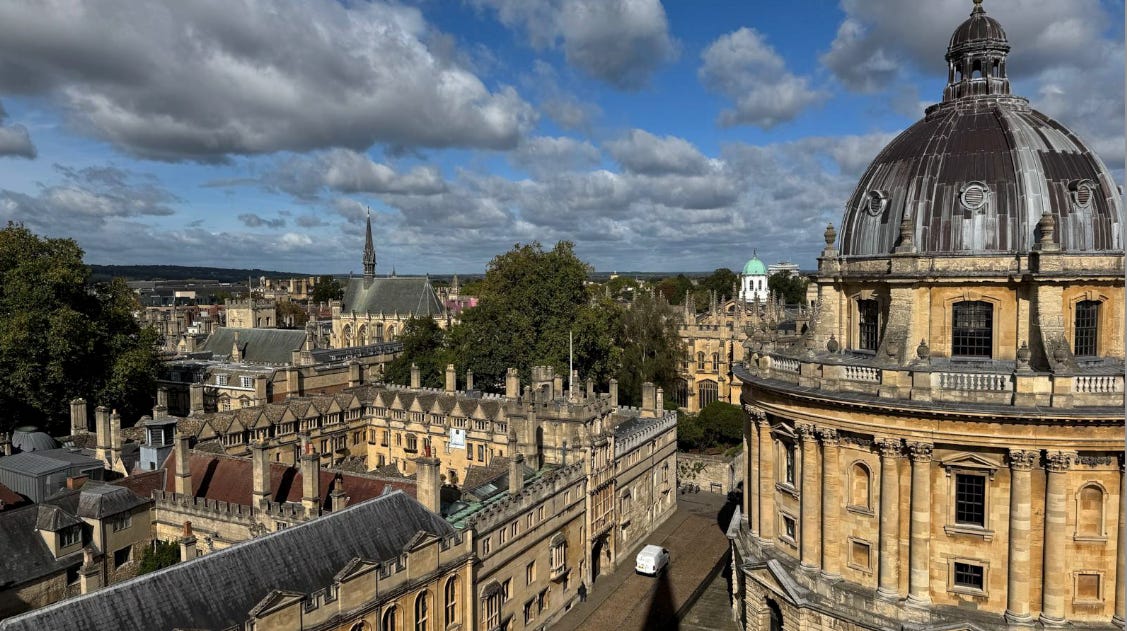
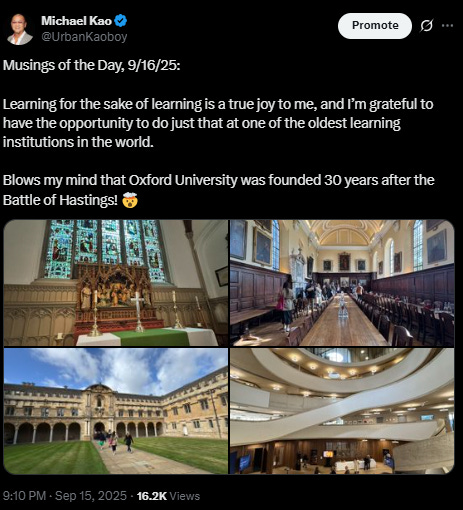
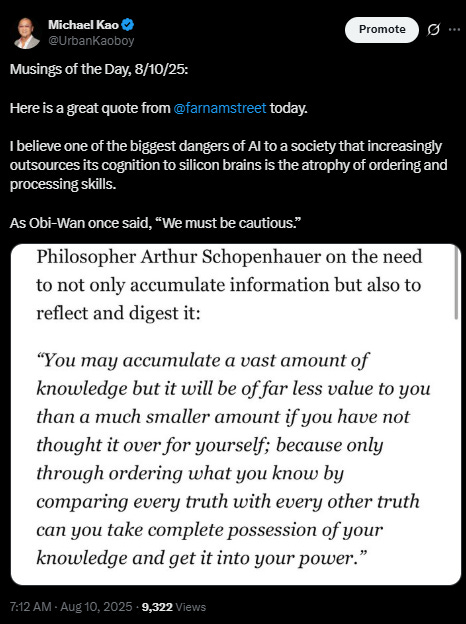
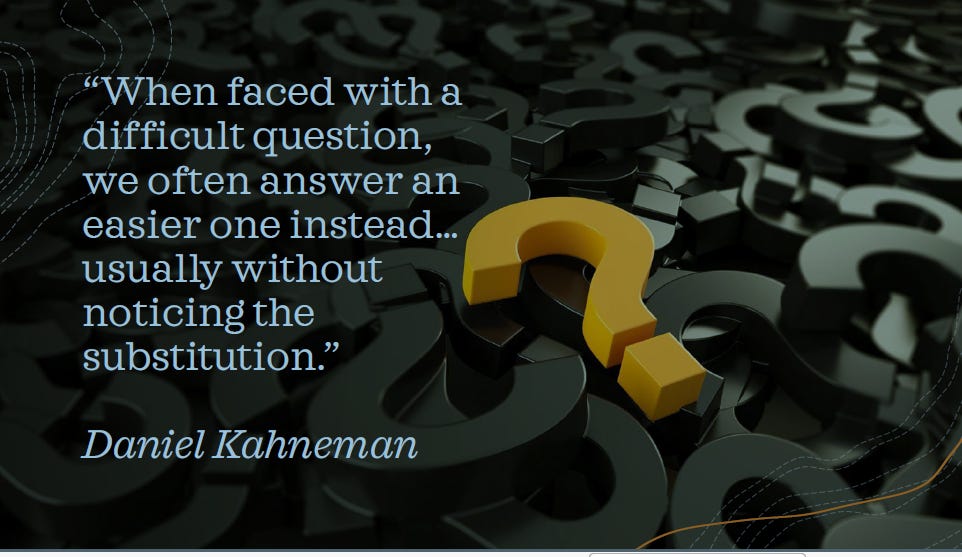

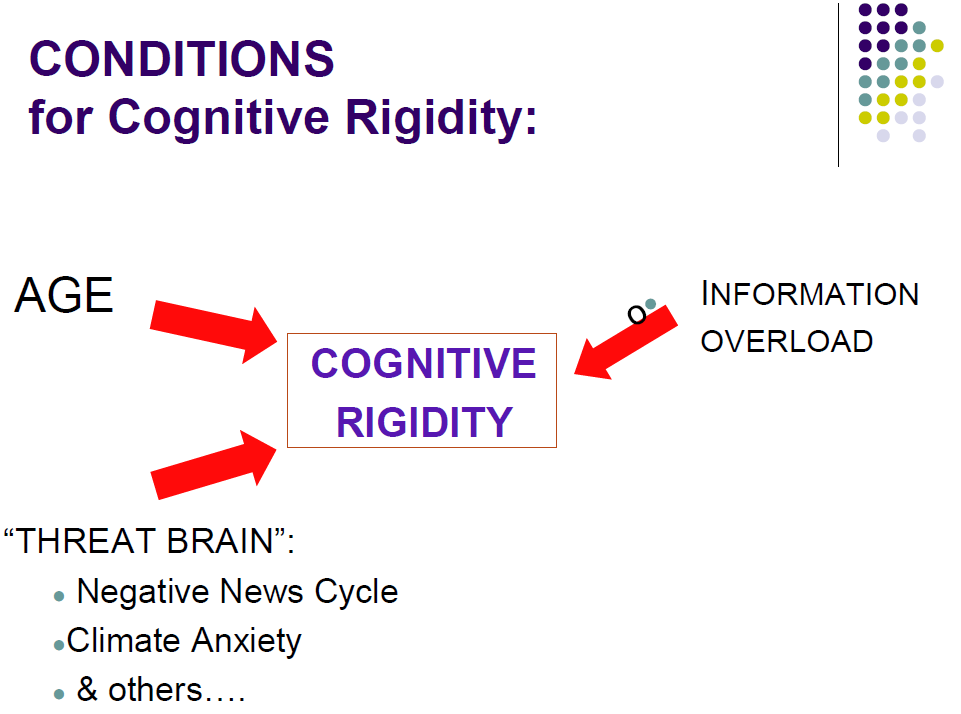
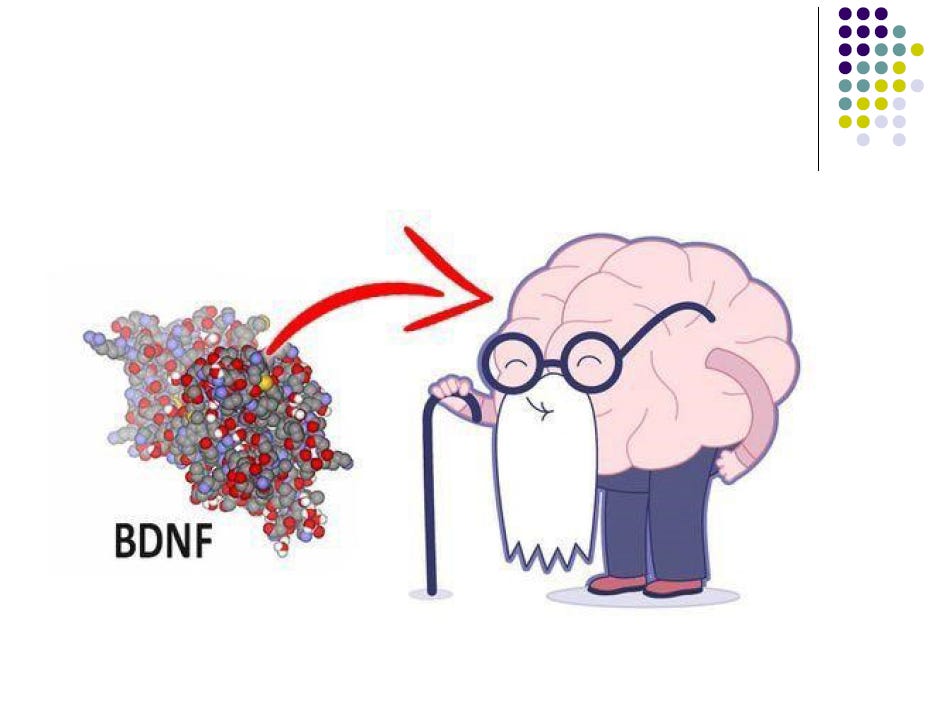

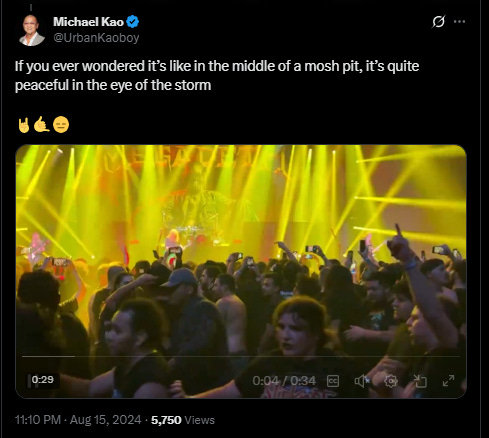

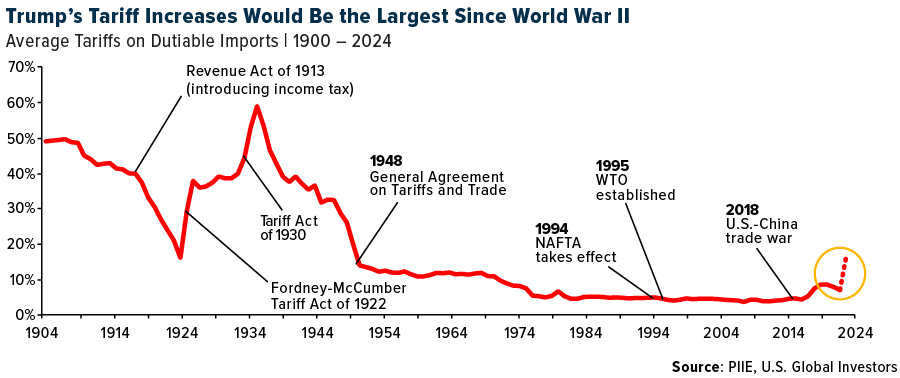
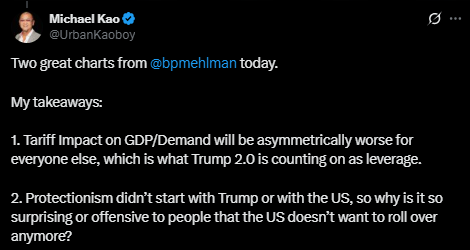
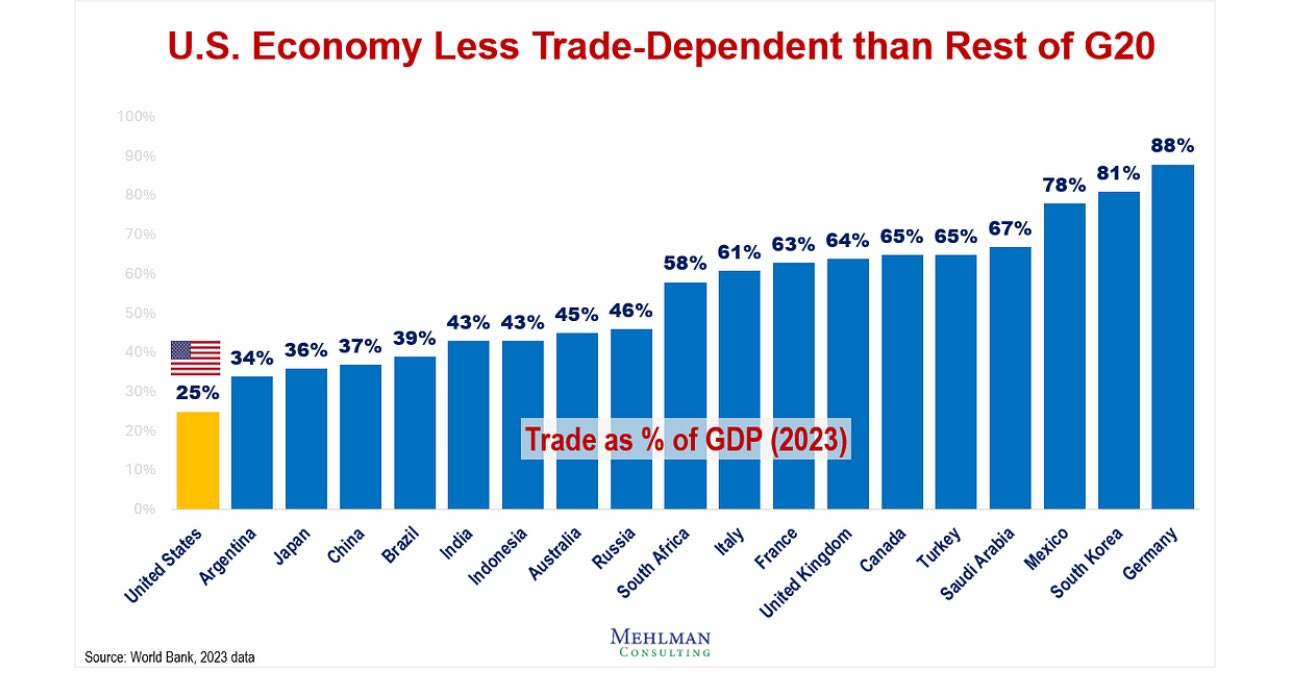
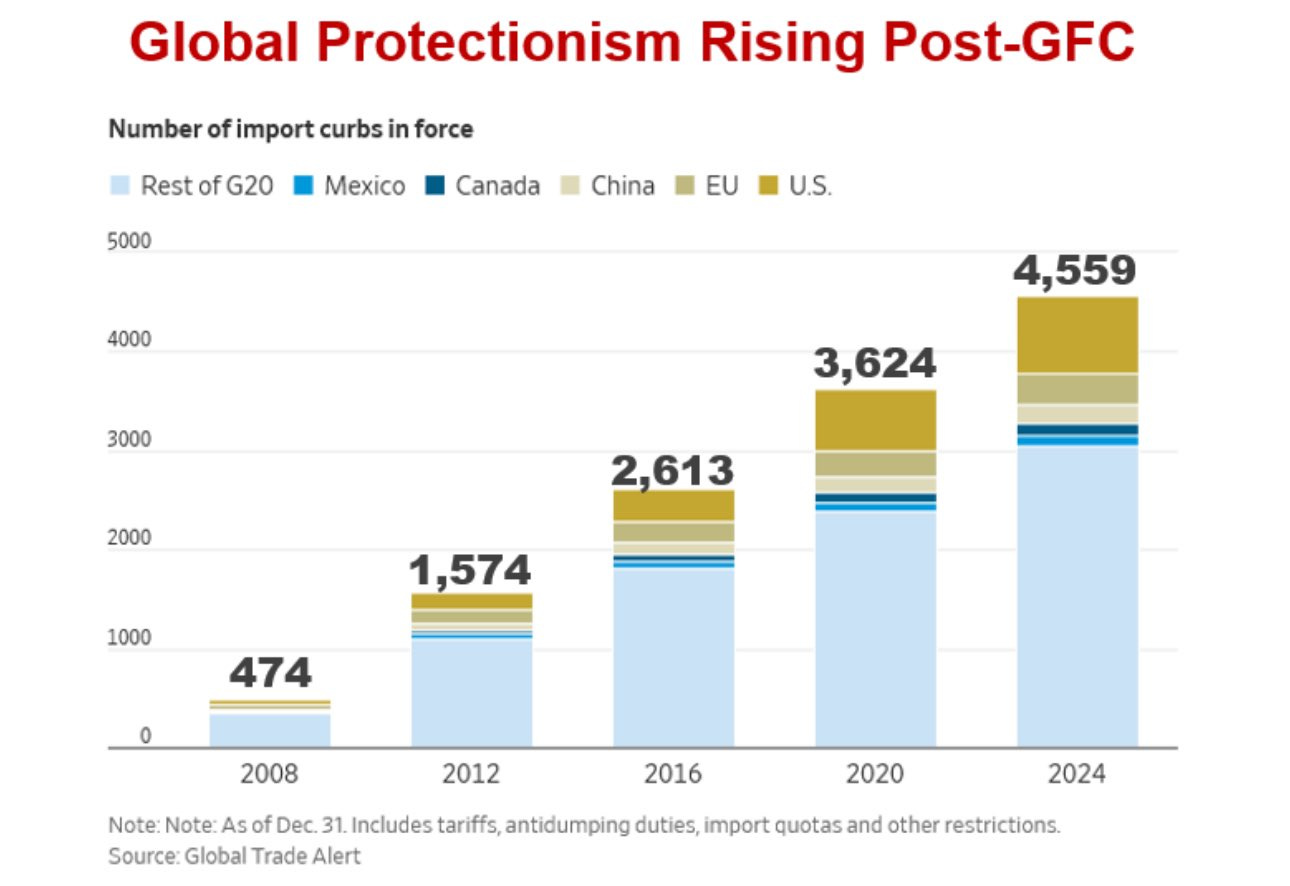
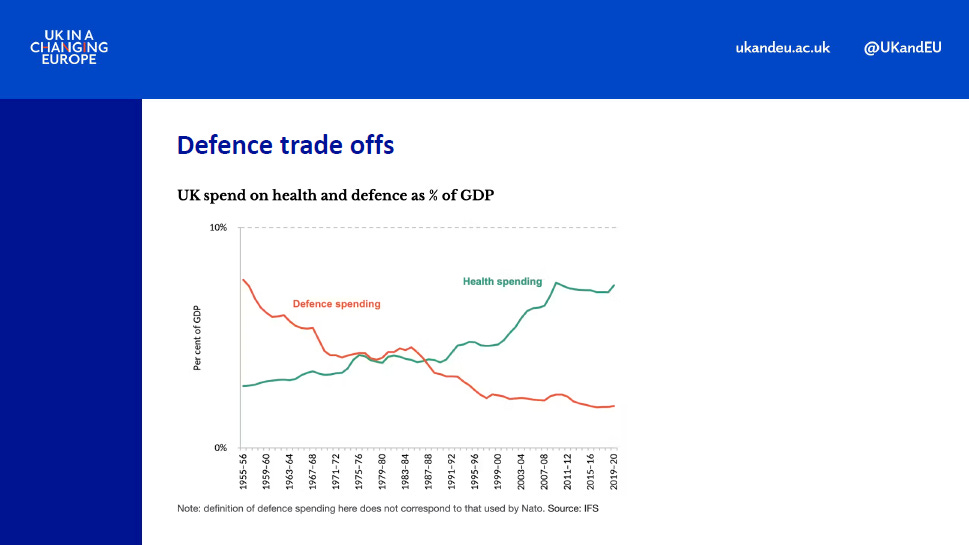
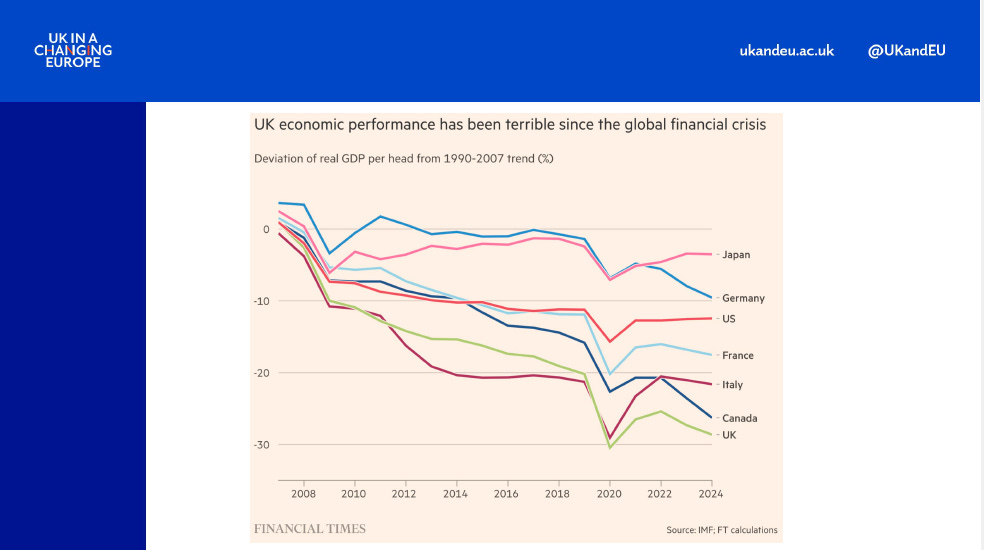
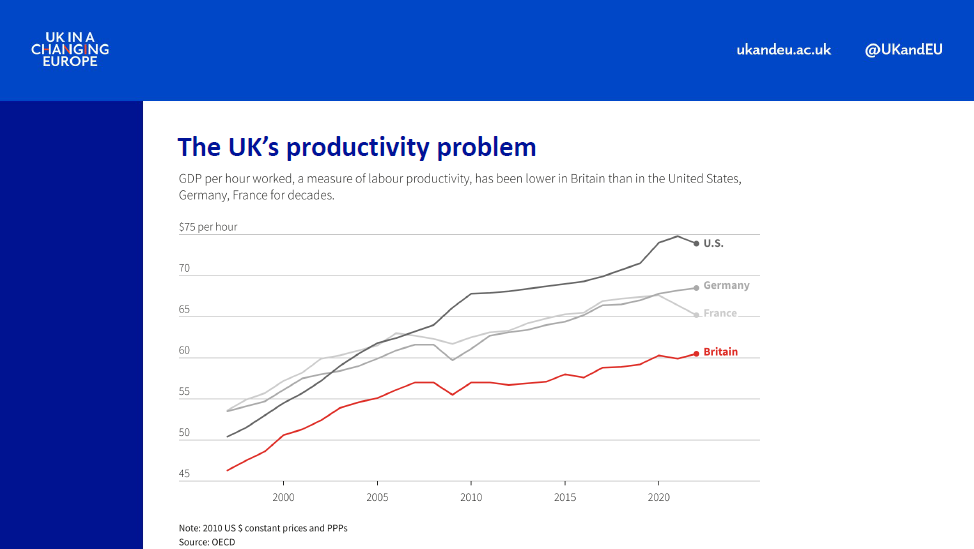
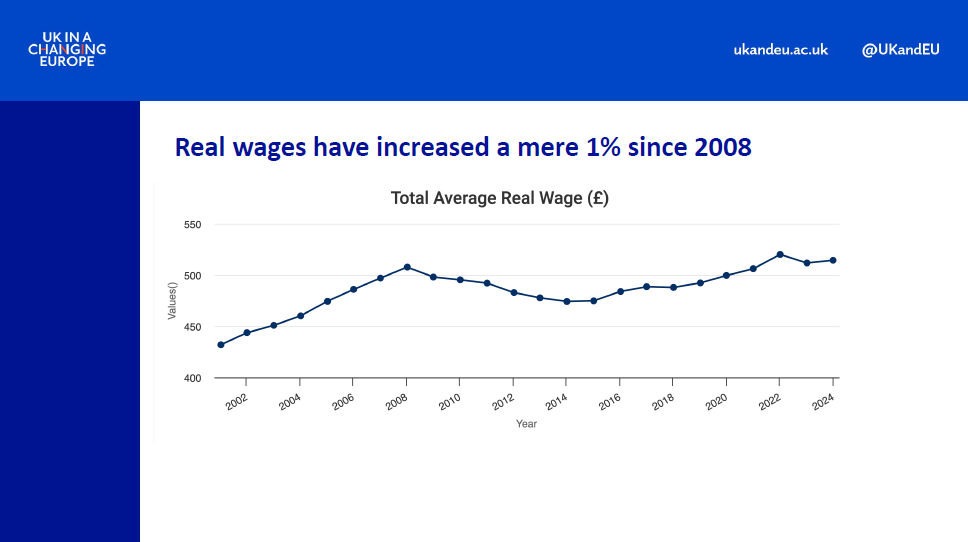

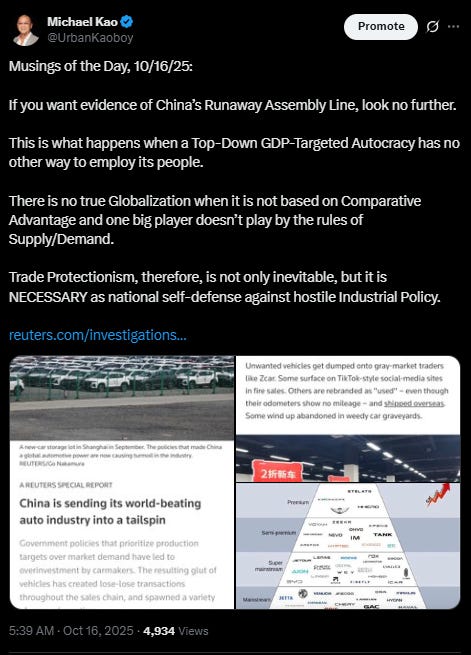
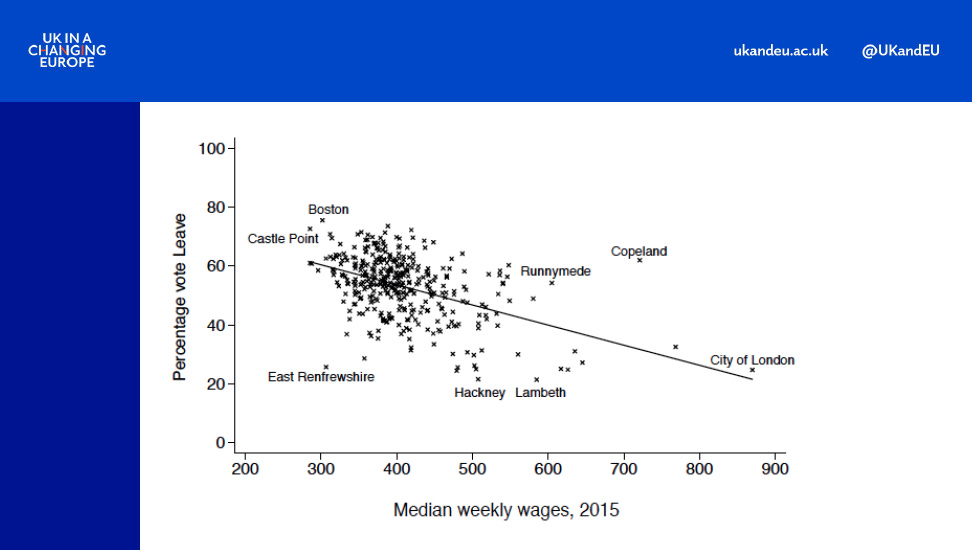

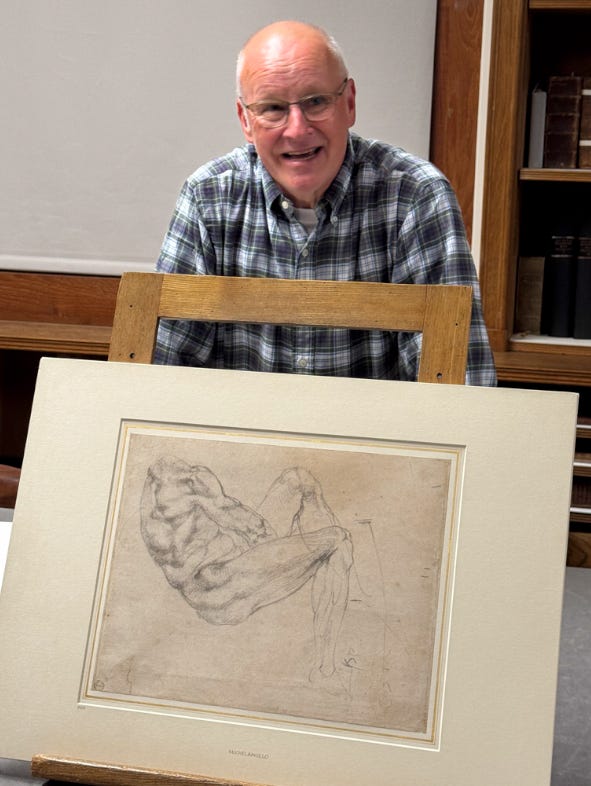
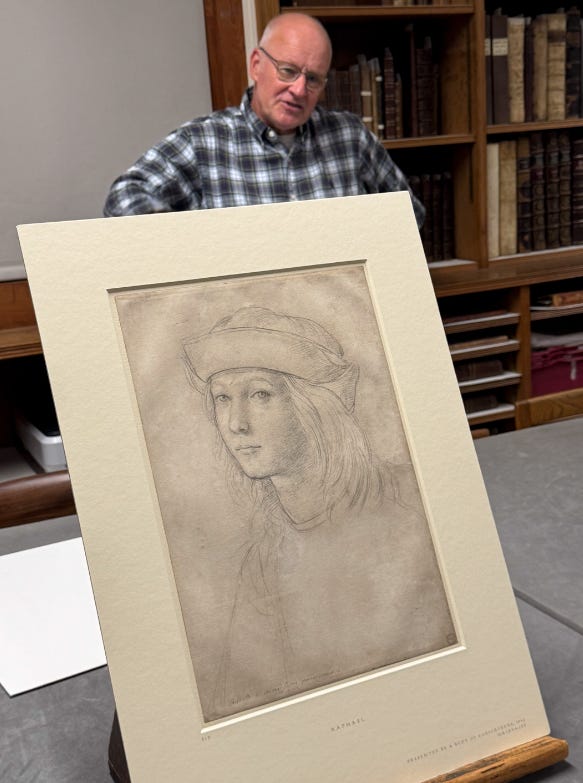
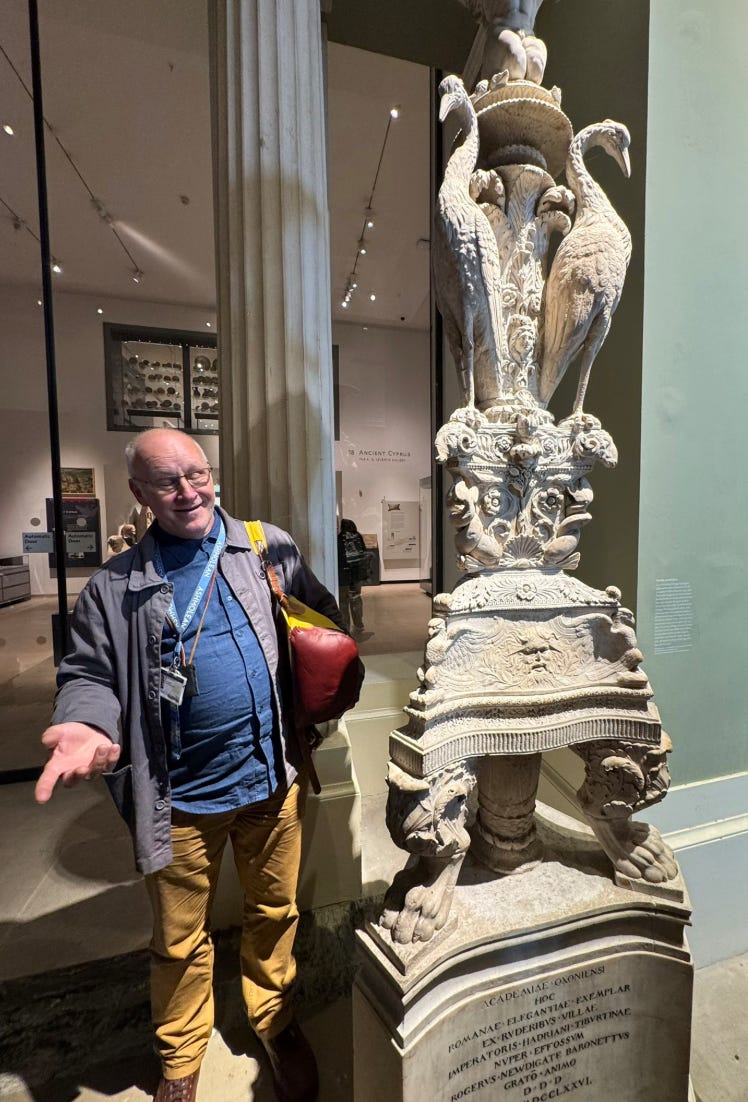
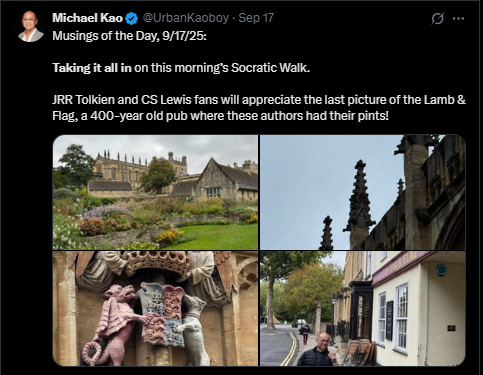
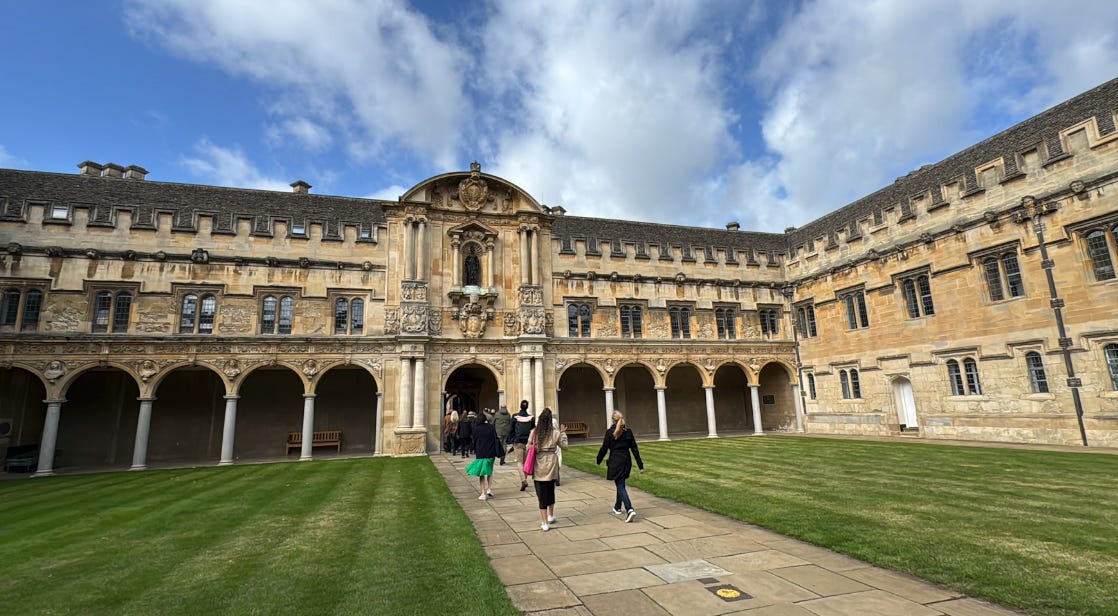
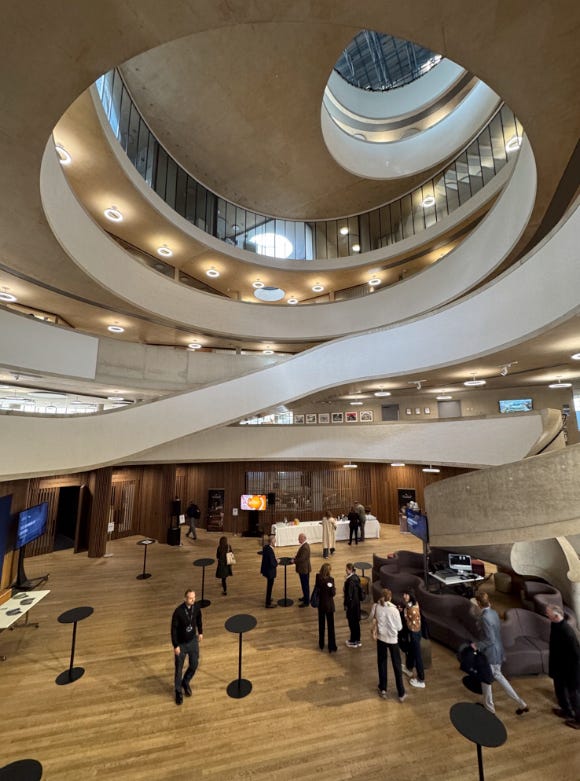
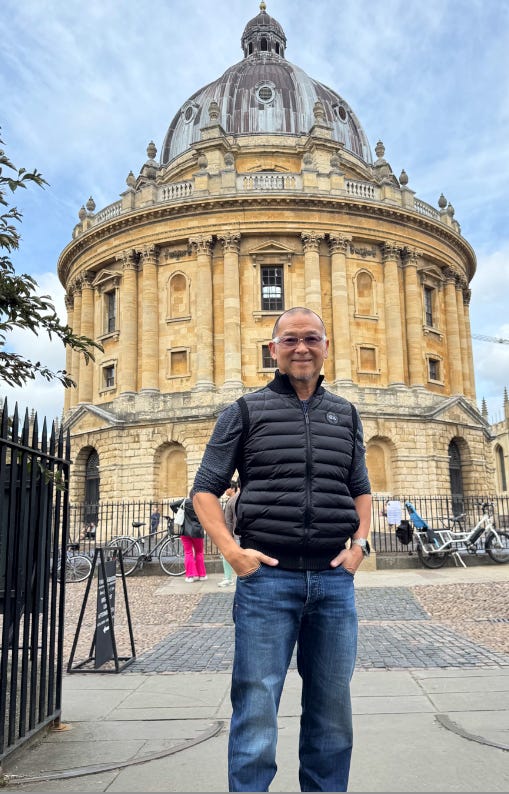

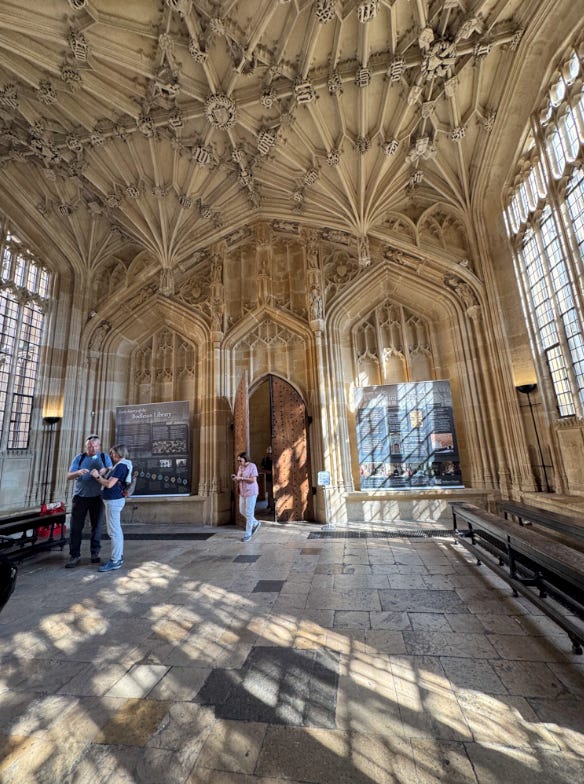
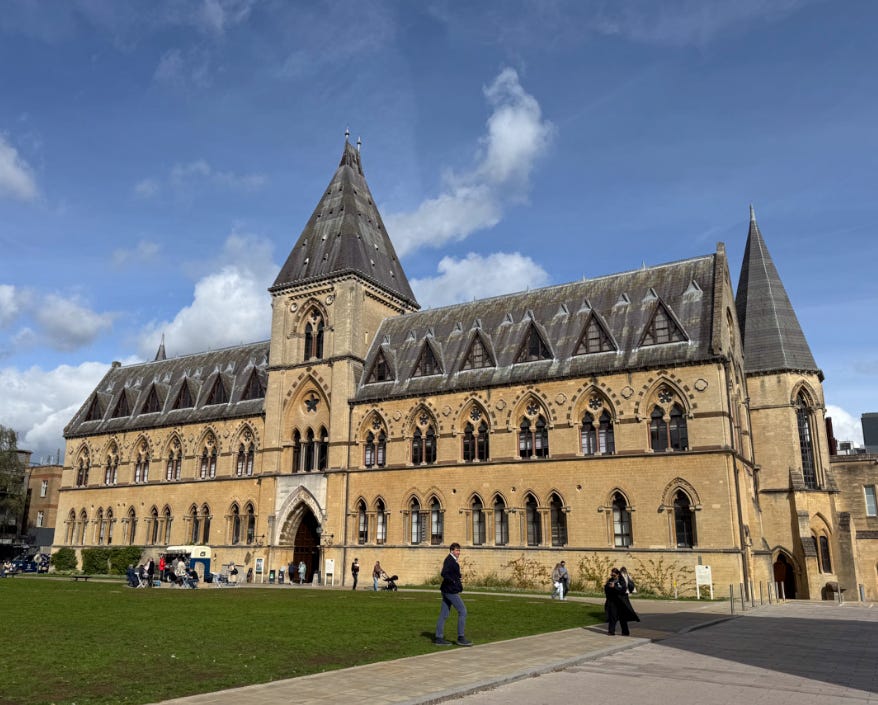
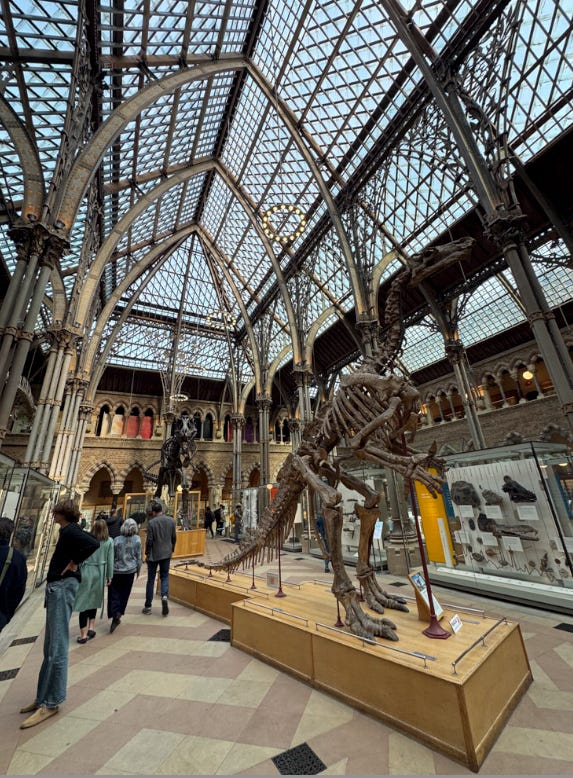
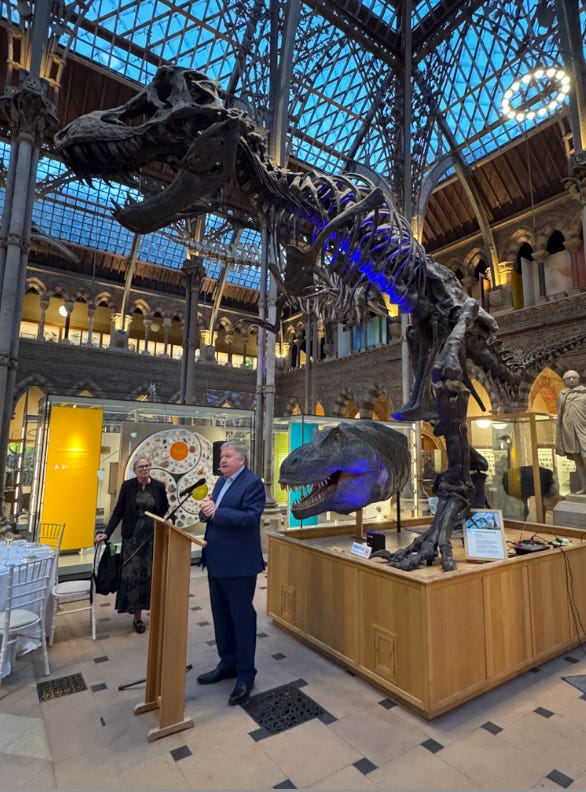
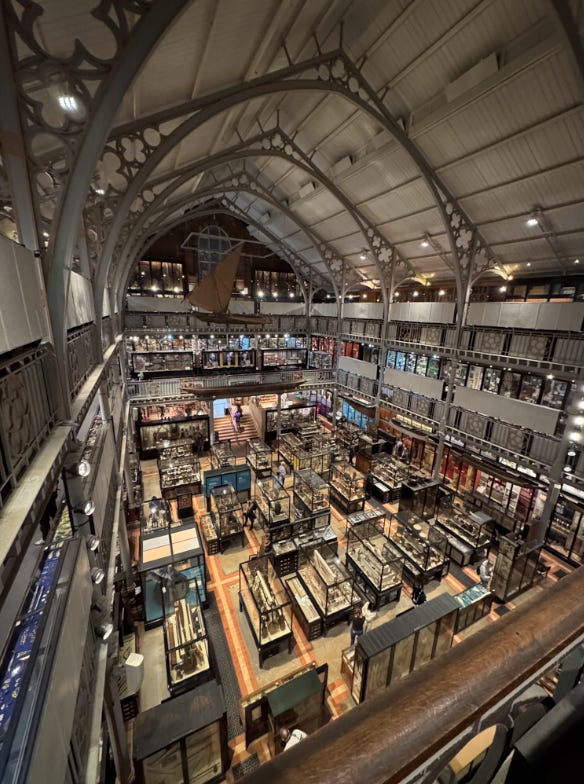



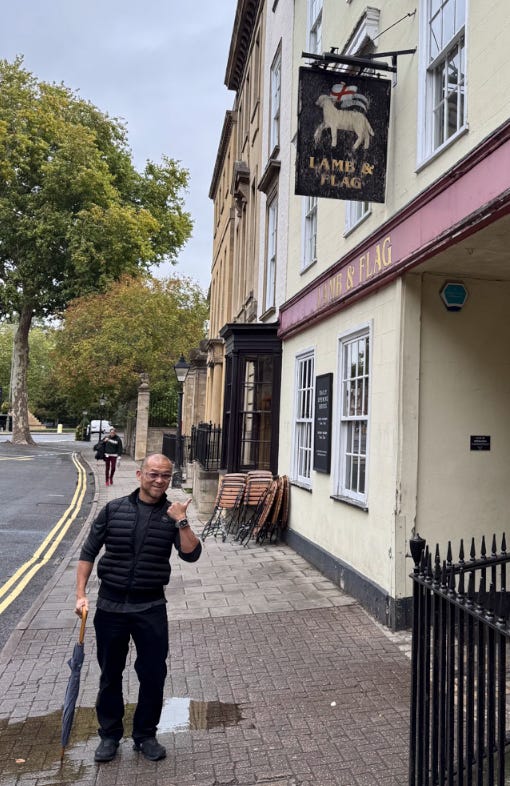
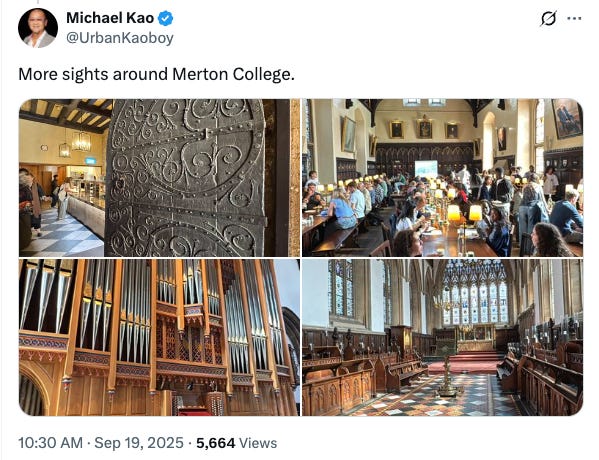
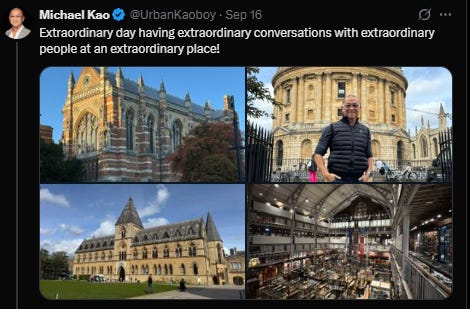
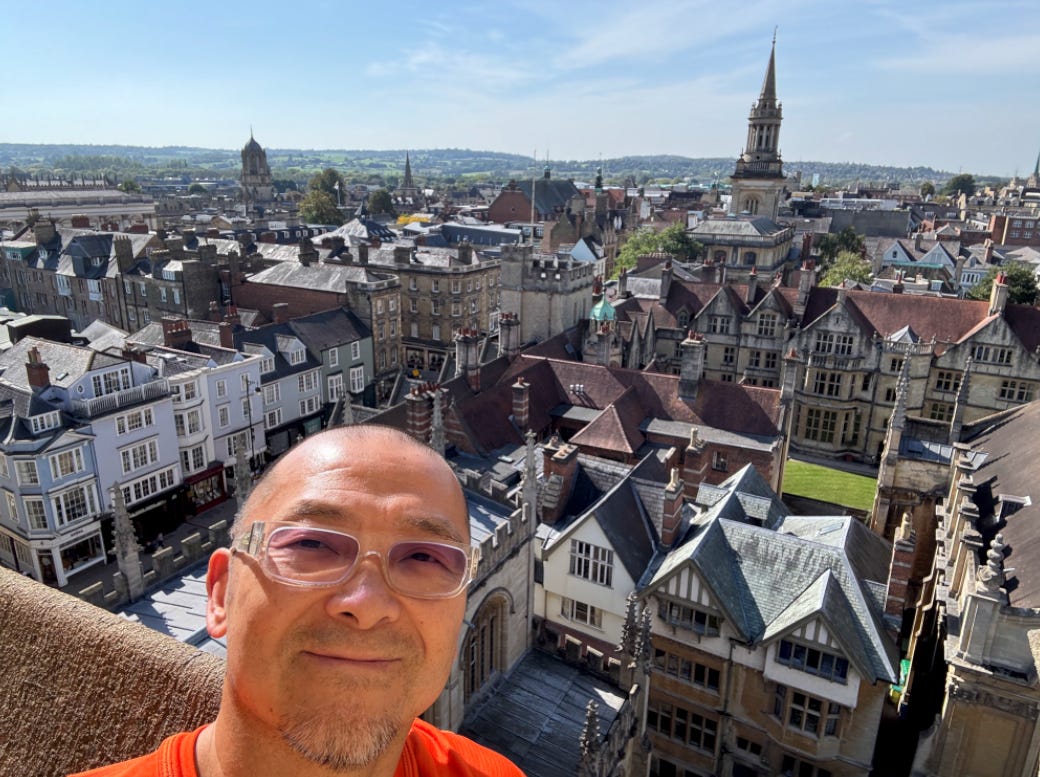
Learning just to learn...that's crazy...haha. No honestly I worry everyday how ai is going to restrict this process. I think ai/agi will be 3x worse than the phone for society. Esp children. Society will still function but it will be different and not better. But what do I know.
That’s a fascinating piece! Thanks, Michael.